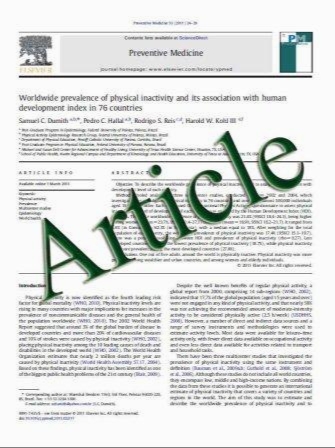A 13-year clinical evaluation of two three-step etch-and-rinse adhesives in non-carious class-V lesions
- نوع فایل : کتاب
- زبان : انگلیسی
- مؤلف : Marleen Peumans & Jan De Munck & Kirsten L. Van Landuyt & Andre Poitevin & Paul Lambrechts & Bart Van Meerbeek
- چاپ و سال / کشور: 2010
Description
This 13-year randomized clinical trial compared the clinical effectiveness of two three-step etchand- rinse adhesives in combination with a hybrid, stiffer composite versus a micro-filled, more flexible composite. The influence of composite stiffness on the clinical performance of one of the adhesives was assessed as well. One hundred and forty-two non-carious cervical lesions were restored with composites with contrasting stiffness. Seventy-one patients randomly received two cervical restorations placed following two out of three adhesive procedures: (1) the three-step etch-and-rinse adhesive Permaquick applied with the stiff micro-hybrid composite Amelogen Hybrid (PMQ-H, Ultradent), (2) Permaquick applied with the more flexible micro-filled Amelogen Microfill (PMQ-M, Ultradent), or (3) the “gold-standard” three-step etch-and-rinse adhesive Optibond FL applied with the micro-hybrid composite Prodigy (OFL-P, Kerr). The restorations were evaluated after 6 months, 1, 2, 3, 5, 7, and 13 years of clinical service regarding their retention, marginal integrity and discoloration, caries occurrence, preservation of tooth vitality, and post-operative sensitivity. Retention loss, severe marginal defects, and/or discoloration that needed intervention (repair or replacement) and the occurrence of caries were considered as clinical failures. The recall rate at 13 years was 77%. Bond degradation after 13 years was mainly characterized by a further increase in the presence of small but clinically acceptable marginal defects and superficial marginal discoloration. Twelve percent of the OFL-P restorations were clinically unacceptable. In the PMQ group, 22% of the PMQ-M restorations and 26% of the PMQ-H restorations needed repair or replacement. Regarding the clinical failure rate, Optibond FL scored significantly better than Permaquick (McNemar; p=0.015). No statistically significant differences were found between the micro-filled and the hybrid composite for each of the parameters evaluated (McNemar, p>0.05). After 13 years of clinical functioning, the clinical effectiveness of the three adhesive/ composite combinations remained highly acceptable.
Clin Oral Invest DOI 10.1007/s00784-010-0481-z Received: 10 June 2010 / Accepted: 28 September 2010


